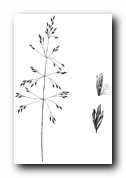


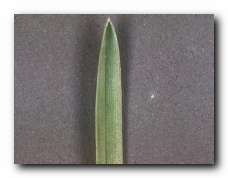
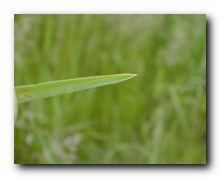
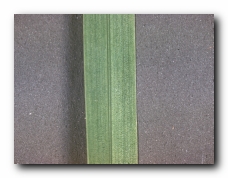
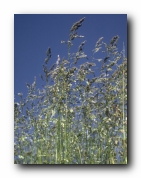
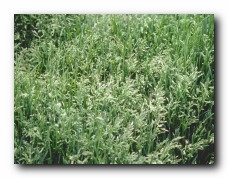
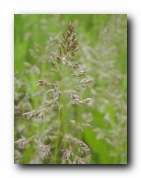
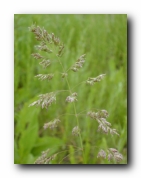
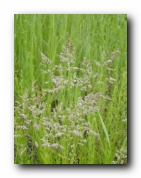
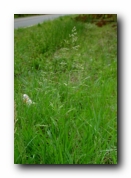
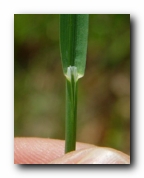
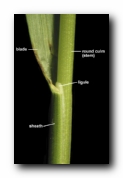
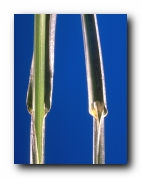

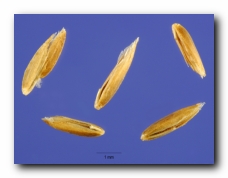

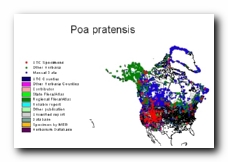
40" Rows: Broadcast:
2 pounds pure live seed per acre
3 pounds pure live seed per acre
Loam:
Clay:
Low
High
High
Habit: Sod-forming perennial with long running rhizomes. Culms: 30-100 cm. tall, smooth, erect, simple, slightly compressed, tufted, sending out numerous running rootstocks from the base. Blades: 1-6 mm. wide, those of the stem 5-15 cm. long, the basal ones longer, soft, flat or folded, smooth or nearly so, ending in a boat-shaped tip. Sheaths: Overlapping below, somewhat keeled, smooth or rough. Ligule: Membranous, truncate, usually less than 2 mm. long. Inflorescence: Panicle 5-20 cm. long, much exserted, ovate to pyramidal, the branches ascending or spreading, the lowermost usually in whorls of 5, spikelet bearing above the middle. Spikelets: Crowded at the ends of branches, 3-5-flowered, 3-6 mm. long, flattened, the rachis articulate between the flowers, the uppermost floret imperfect or rudimentary. Glumes: 2, persistent, slightly unequal, scabrous on the strong keels, acute, the first 1-nerved, the second 3-nerved. Lemmas: 2.5-3.5 mm. long, acute, copiously webbed at the base, 5-nerved, silky pubescent on lower half or two thirds of marginal nerves and keel, the intermediate nerves distinct, glabrous. Palea: Shorter than the lemma, 2-keeled and 2-nerved. Fruit: Grain or caryopsis. Habitat: Meadows, fields and woods. May-July. Uses: Commonly cultivated for lawns and pastures in the humid northern parts of the United States. Valuable especially in the cool season.
Special Notes:
Kentucky Bluegrass (Poa pratensis) Information #2
Kentucky Bluegrass (Poa pratensis) Information #3